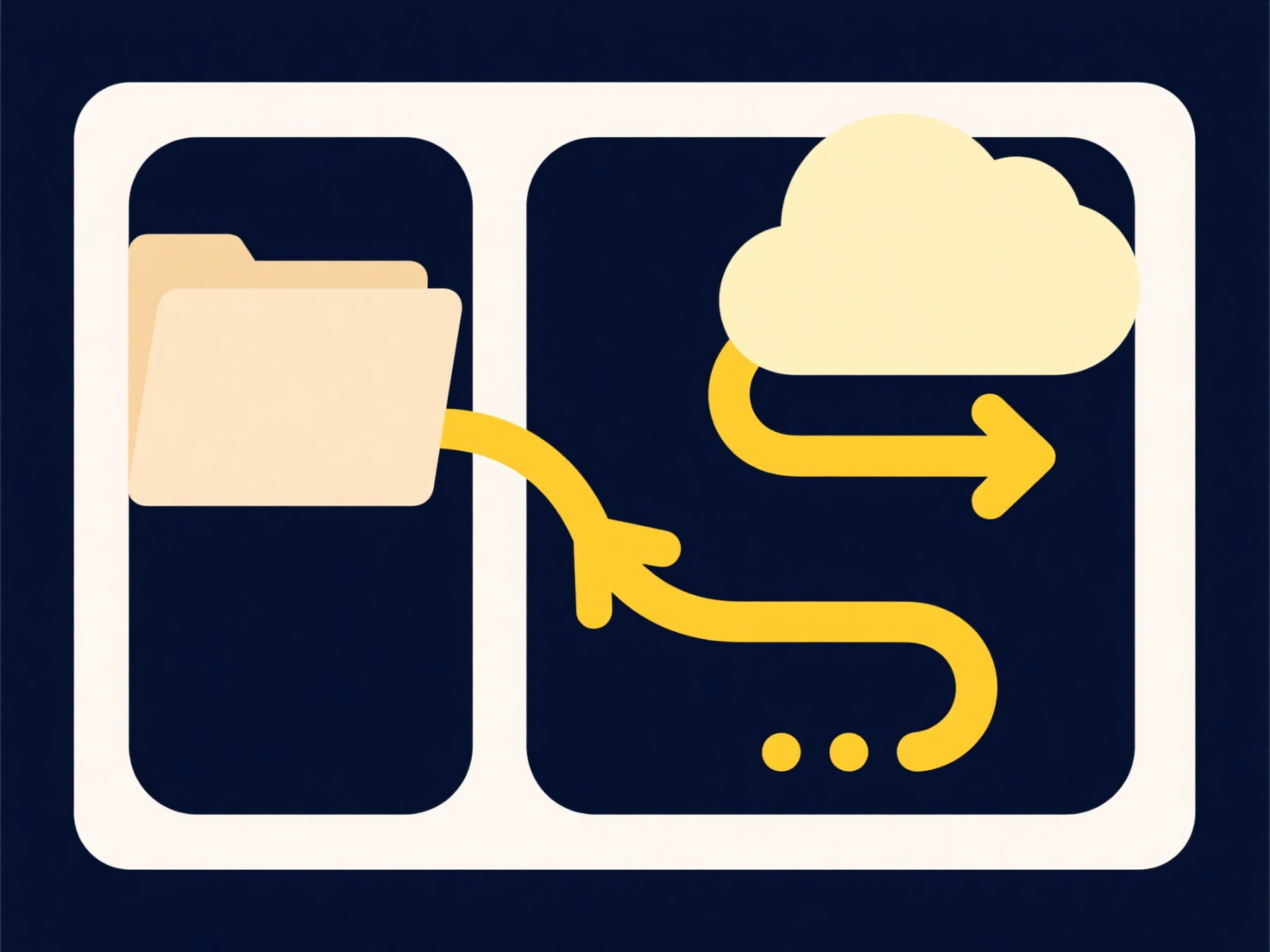
Shared file protection refers to security measures that prevent unauthorized users from deleting files in shared locations like cloud drives or network folders. Unlike read-only restrictions, deletion protection specifically controls the ability to remove files permanently. This is achieved through granular permissions managed by administrators, limiting delete actions to designated users or roles.

In practice, platforms like Google Drive allow sharing files as "Viewer" or "Commenter," preventing deletion rights entirely. Similarly, enterprise NAS systems enable administrators to assign specific folders as "delete-restricted" for teams, letting contributors add files while only managers remove outdated content. Creative agencies often use this to safeguard project assets stored in shared Adobe Cloud Libraries.
Key advantages include preventing accidental data loss and intentional sabotage. However, limitations exist: determined admins can override settings, and sophisticated ransomware may bypass restrictions. Ethically, organizations should audit access levels to balance security with usability. Future systems increasingly integrate permission-based protection with automated version backups, reducing reliance on single-file safeguards while improving resilience.
Can shared files be protected from deletion?
Shared file protection refers to security measures that prevent unauthorized users from deleting files in shared locations like cloud drives or network folders. Unlike read-only restrictions, deletion protection specifically controls the ability to remove files permanently. This is achieved through granular permissions managed by administrators, limiting delete actions to designated users or roles.

In practice, platforms like Google Drive allow sharing files as "Viewer" or "Commenter," preventing deletion rights entirely. Similarly, enterprise NAS systems enable administrators to assign specific folders as "delete-restricted" for teams, letting contributors add files while only managers remove outdated content. Creative agencies often use this to safeguard project assets stored in shared Adobe Cloud Libraries.
Key advantages include preventing accidental data loss and intentional sabotage. However, limitations exist: determined admins can override settings, and sophisticated ransomware may bypass restrictions. Ethically, organizations should audit access levels to balance security with usability. Future systems increasingly integrate permission-based protection with automated version backups, reducing reliance on single-file safeguards while improving resilience.
Quick Article Links
Why does cloud sync reupload files after renaming?
Cloud sync services often reupload renamed files because they typically identify files through unique identifiers beyond...
How do I train my team on consistent organization?
Training your team on consistent organization involves establishing shared systems and methods for structuring informati...
Can I uninstall Wisfile easily if I no longer need it?
Can I uninstall Wisfile easily if I no longer need it? uninstalling Wisfile is straightforward and leaves no residual...